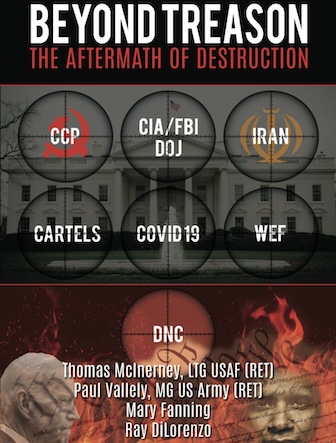Return to Tradition or Else

Prophecy has it that a great Warning and Chastisement are soon to come upon humanity and it appears that the time of the tribulation “is nigh, even at the doors.” (Mt. 24:33)
A key reason for the coming Hand of Justice is the present-day profanation of the Church through heresy and idolatry. St. Paul warned that “There shall be a time, when they will not endure sound doctrine” (2 Tim. 4:3), and we indeed see the faithful today running after strange gods and spirits that our forefathers knew not, e.g., the charismatics. More and more we see clergy and laity consulting ‘witch doctors’ and calling upon indigenous gods [devils] during pagan ‘smudging rituals,’ which is a direct violation of the First Commandment: Thou shalt not have strange gods before Me (Exodus 20:3).
Read More...


















































































